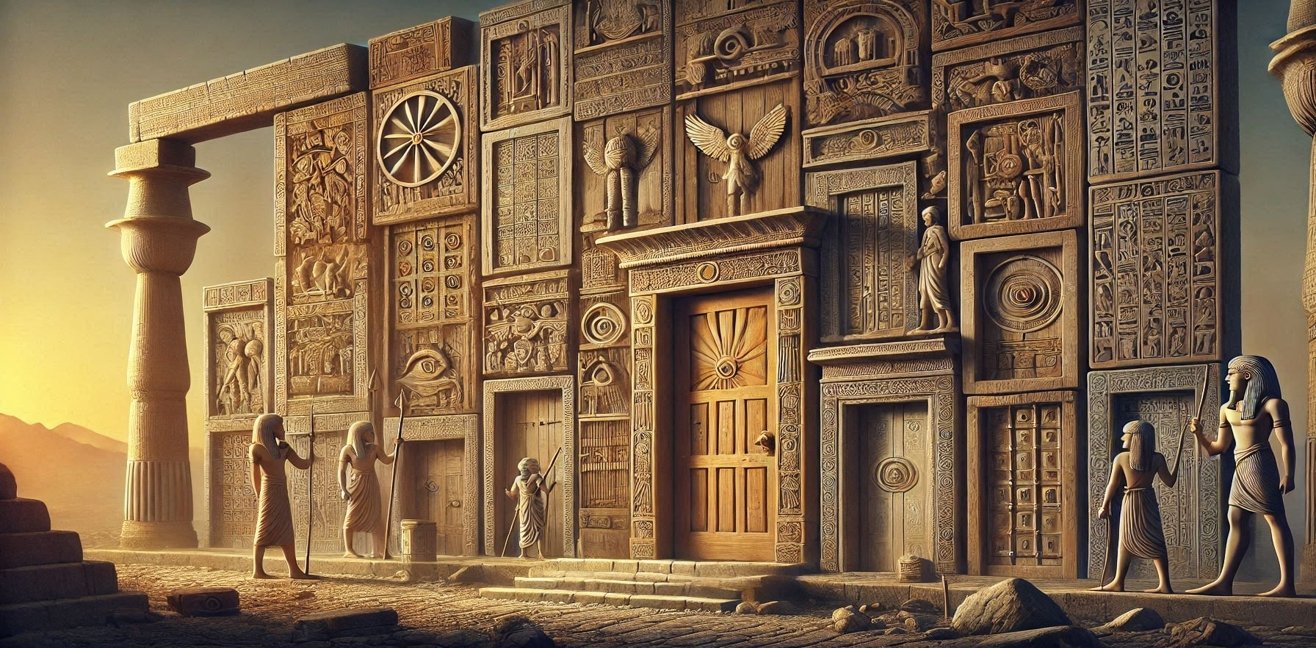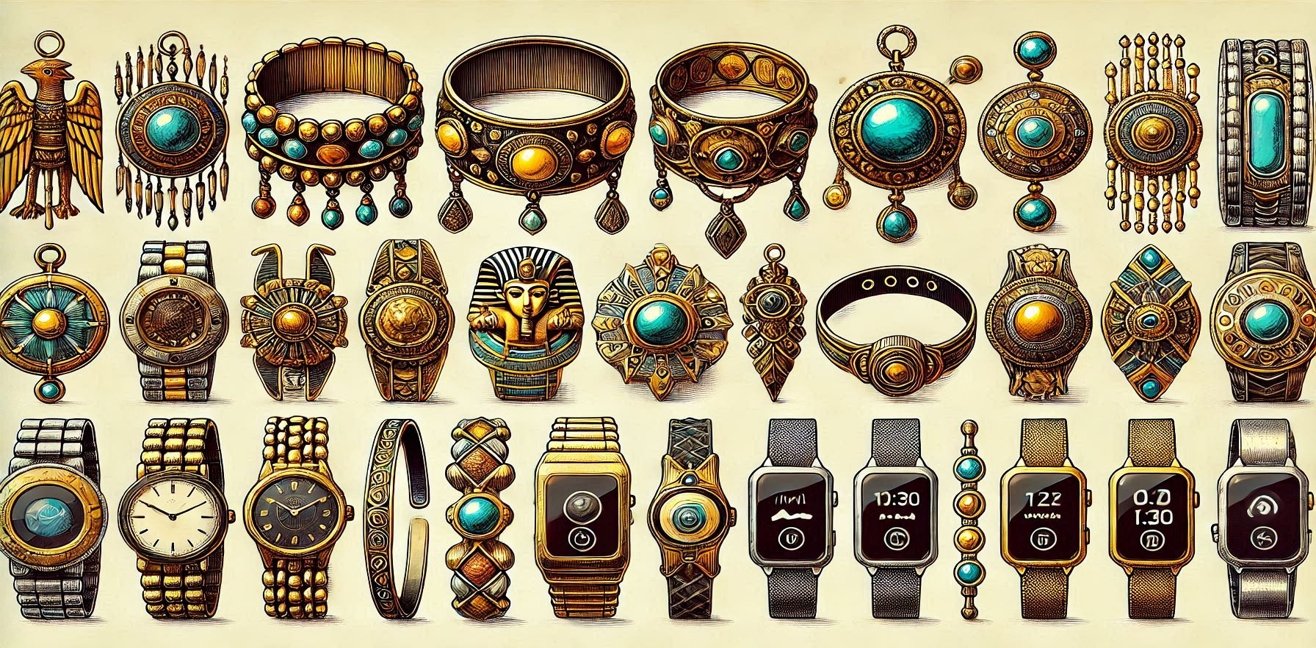Doors, an indispensable part of our daily lives, are actually the product of a significant turning point in human history. While doors make our living spaces secure, they protect our privacy and provide a refuge by separating the interior from the outside world. However, the invention of the door represents not only physical protection and separation but also a significant transformation in both social and cultural terms.
History of Doors
In the early periods of human history, doors were simple curtains or makeshift wooden pieces. Over time, with architectural and technological developments, doors became more complex. In ancient times, stone or wooden doors were used in the first settlements of Egypt and Mesopotamia. During the Roman Empire, metal doors became widespread, and remarkable architectural designs emerged.
Security and Privacy
The invention of doors allowed people to secure their living spaces while also protecting their privacy. Doors created a boundary between the interior and the outside world, giving people the ability to define and control their private spaces. This helped people feel more comfortable and secure in society, contributing to the development of social relationships.
Cultural and Symbolic Significance
Doors also carry cultural and symbolic meanings. In many cultures, doors are considered symbols of hospitality and tolerance. The entrance doors of homes, decorated with rich engravings or symbols, can reflect the owner’s status and taste. Additionally, doors play an important role in religious and mythological beliefs. For instance, in Christianity, the concept of the “gates of heaven” is seen as a symbol of spiritual salvation.
The invention of the door is a revolution that deeply affected humanity’s lifestyle and social structures. Encompassing important concepts like security, privacy, culture, and symbolism, doors continue to be an indispensable part of our living spaces today.




